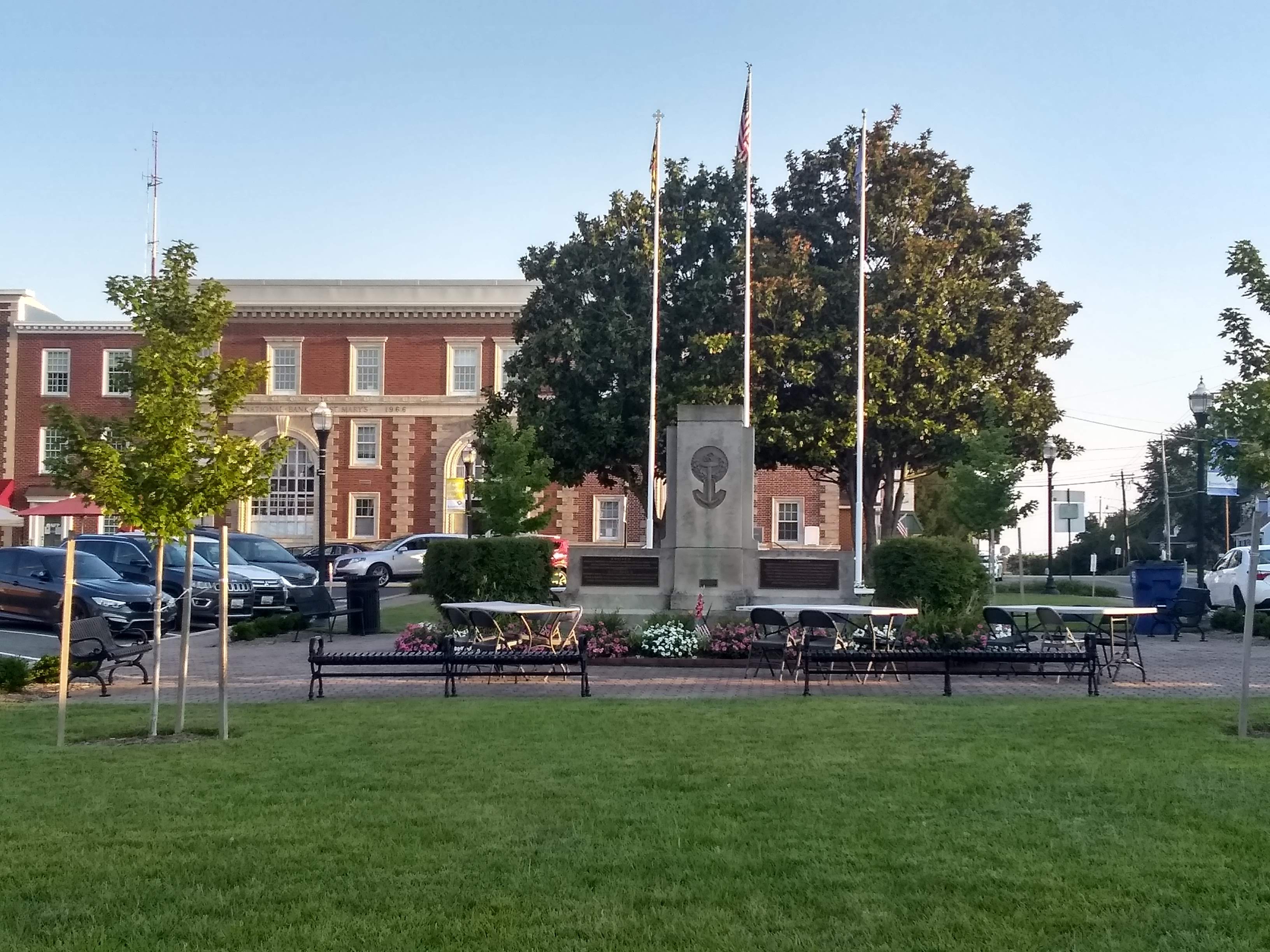My travels around Maryland for the remainder of the summer were largely excursions on Sunday afternoons. I was already preoccupied with the start of the coming semester, but pushed myself to venture into the sweltering heat each week instead of being completely focused on work. My aim this particular Sunday was to explore Maryland’s western shore, the three counties between the Chesapeake Bay and the Potomac River. I made a list of sites and towns in a loop that headed me due east to Breezy Point State Park at Chesapeake Beach. I thought I had done all my homework about open sites, but arrived there to learn that the park was closed to non-residents. My next stop was Perigeaux Winery, which was not having tastings. I pressed on to Cove Point Winery, which made up for it with a generous tasting of light wines, perfect for the hot day. My pourer advised me that my next planned stop, Calvert Cliffs State Park was riddled with horseflies, so my notion of picking up delicious crab and eating it at the beach was unrealistic. The parking attendant there also cautioned me that the hike to the water is two miles and, on this hot day, very crowded. She suggested I return in the fall for a more comfortable excursion. Even if I wanted the exercise and view, the parking lot was filled, so I moved along to Solomon’s Island, where my pourer had recommended an independently owned restaurant.
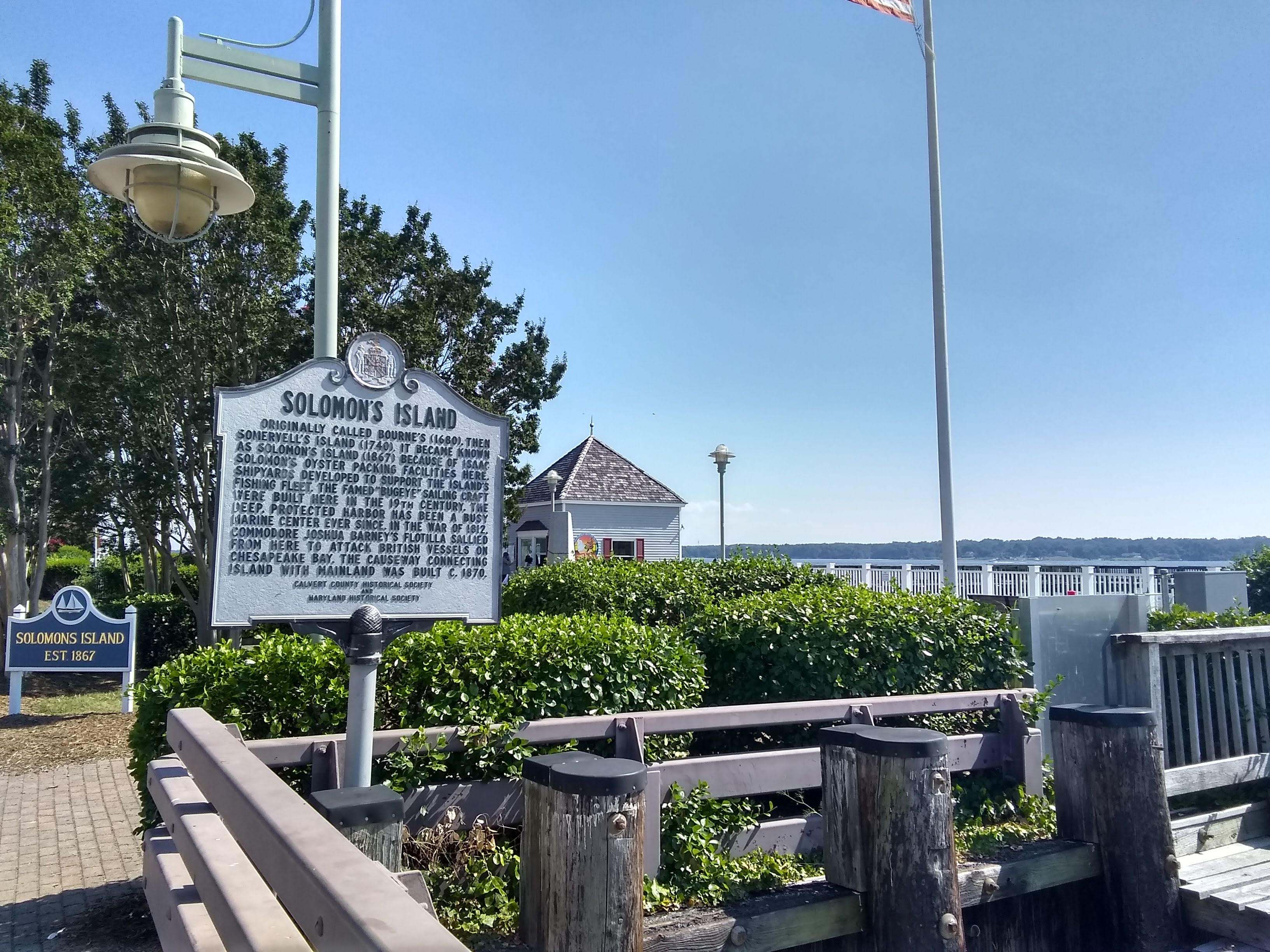
By the time I arrived at Island Hideaway, I was starving. I dined on crab cake and coconut cream pie looking out over the water, then went for a walk along the Solomon’s Island boardwalk, grateful not to serve as a feast for horseflies. Maryland’s western shore is a connected group of peninsulas and the Religious Freedom Highway, named because the settlement of the area was shaped by a lack of religious freedom. In 1632, King Charles I granted Charles Calvert, the first Lord Baltimore, a land grant to establish a colony east of the Potomac. He died before he could settle it, but his son planned the colony as a haven for Roman Catholics in the midst of religious warfare in Britain. The first colonists, a mix of Catholics and Protestants, arrived in 1634 and established a settlement at St. Mary’s, which was the original capitol.
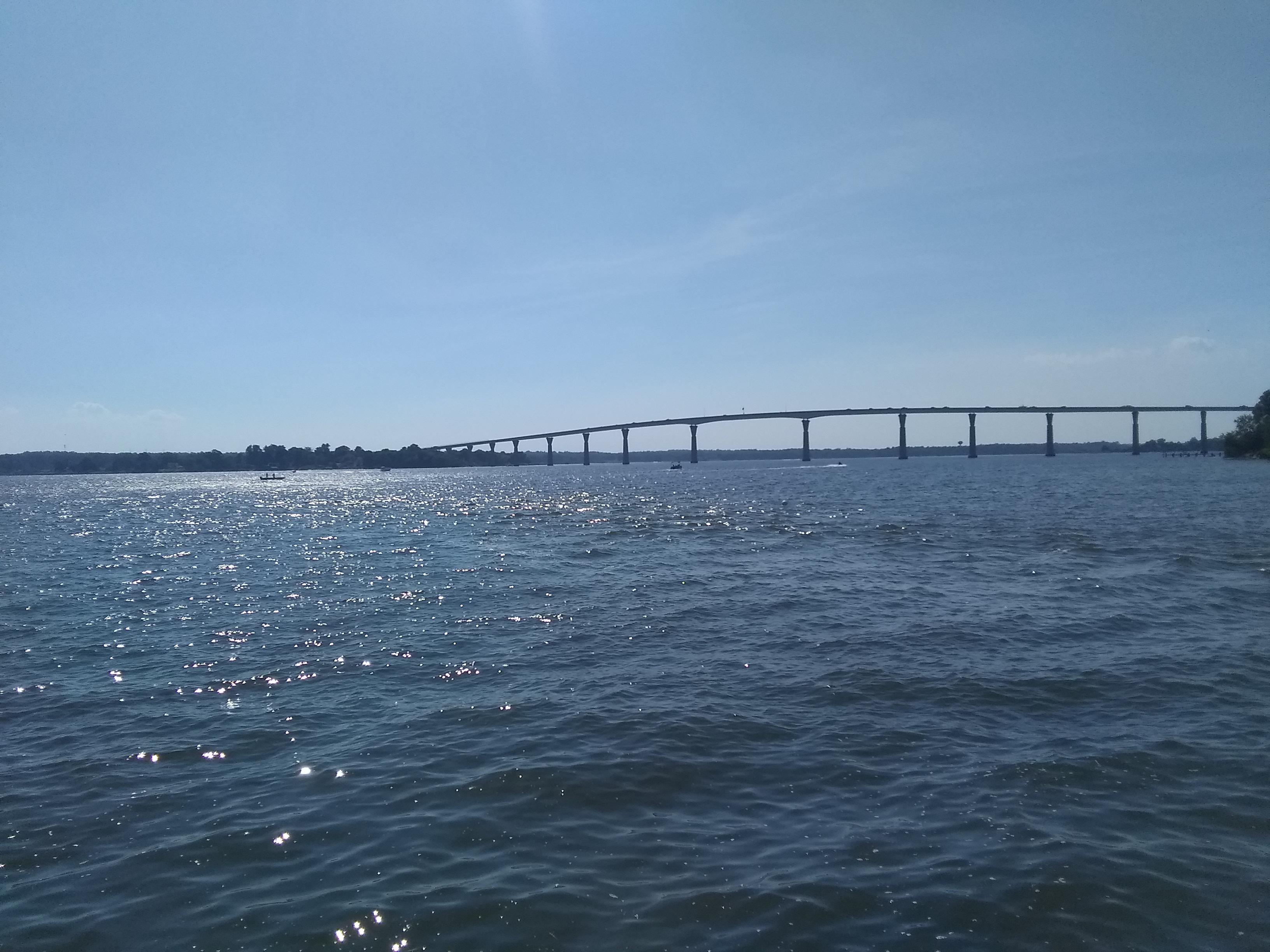
From Solomon’s Island, I hopped on the bridge west to St. Mary’s and found my way to the original settlement, which is being excavated and restored by St. Mary’s College. All museums and tours were closed, but I wandered through the reconstructed 1676 State House and followed the path down to the water to see the replica of the ship that carried settlers, then wandered through the excavated site, which included descriptions of colonial life and some of the early settlers, whose families often retain close ties to the area. There were excellent explanations of what scholars know about the site based on archeology and archival materials, and what they do not know about it as well. It is very well done.
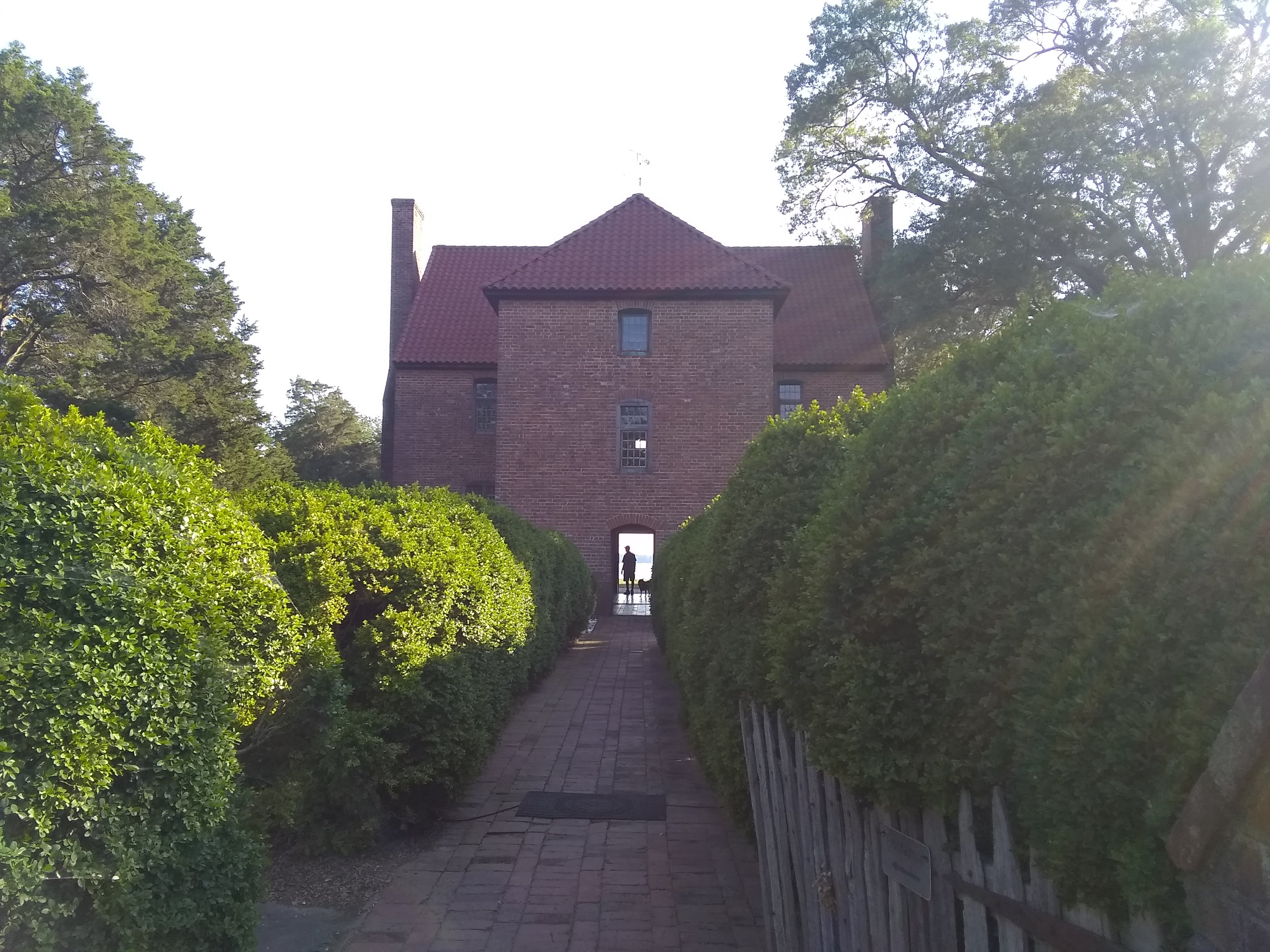
I started north from there, passing a number of landmark churches that were closed to the public. The original settlers included Jesuits, who established a mission in the area. By 1704, penal laws has been enacted to ban the practice of Catholicism in Maryland and all of the mission’s various parishes were closed for most of the century. The original St. Ignatius was pulled down and the bricks carried to the Jesuit settlement at St. Inigoes. I had found an interesting website that enabled a visitor to take a driving tour of these various historic churches, but I could not load it from my phone. I followed brown tourist signs as best I could, taking in St. Peter Claver–a historic African-American church–before heading to St. Ignatius Church, which was built on the Jesuit land shortly after the American Revolution when the penal laws ended. I had hoped to attend Mass there, or at least peek in and get some pictures as people left. But I arrived to find the place devoid of any activity.
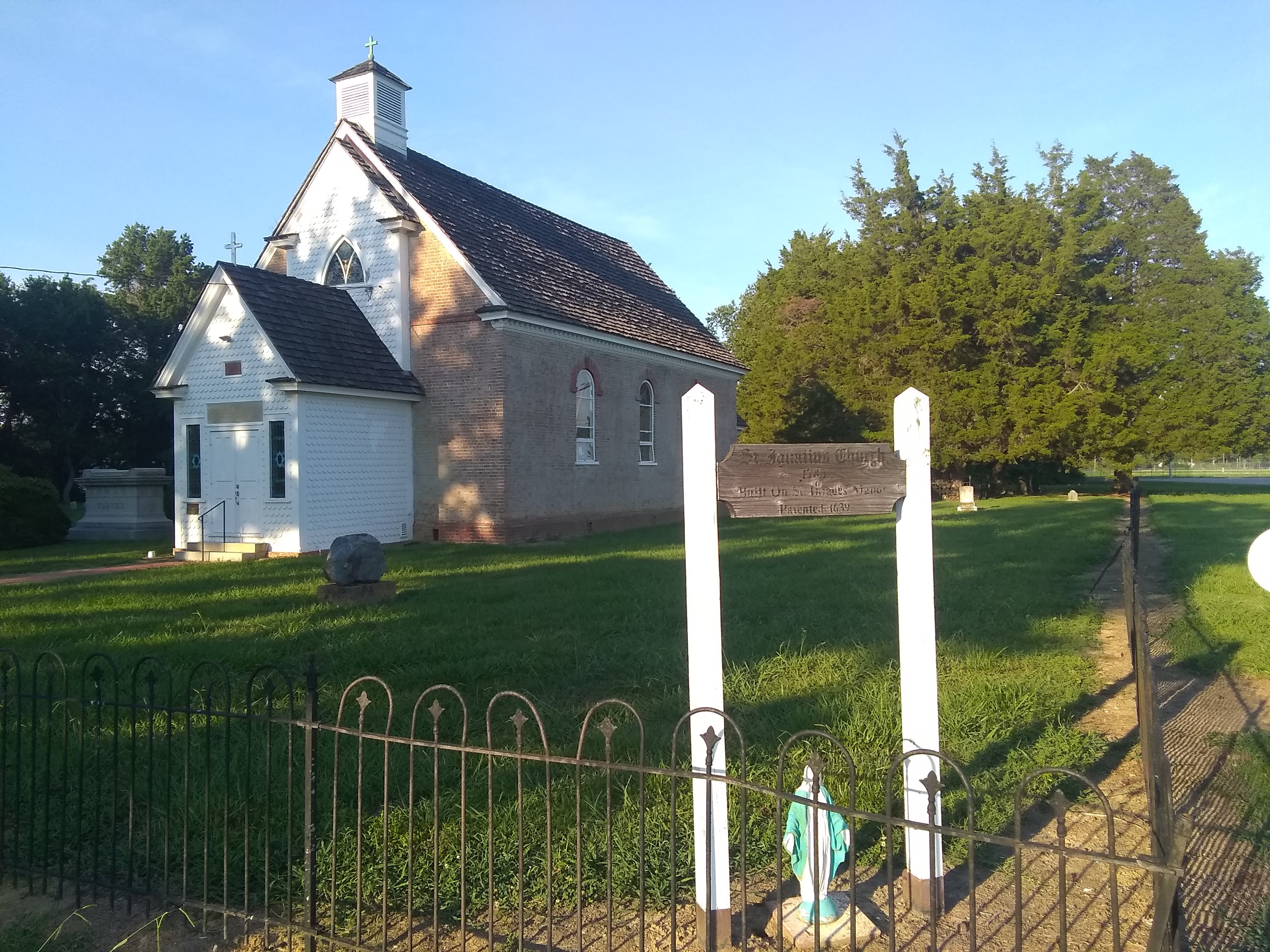
I made a final stop at Leonardtown and walked around the charming town square. It was a quiet Sunday evening but there were people around. I hoped to make a stop at the Dr. Mudd House, the home of the physician who set the leg of John Wilkes Booth, but by the time I passed it, darkness was descending and I moved forward. There were some real discoveries in this trip, and I have plenty of reasons to return, including a visit to Smith Island.
